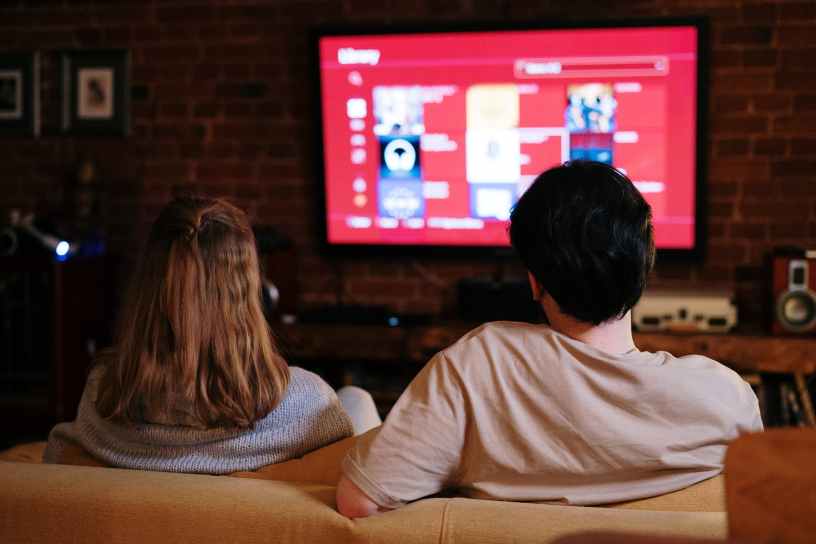By Phillip Swann
The TV Answer Man –Follow on Facebook & X.
Former editor of 4 TV magazines. Author of TV Dot Com.
TV Answer Man, I have a problem with my TV. It’s more than five years old so I’m afraid that it may be done. When I turn it on, it will keep going to a blank screen after showing a picture for a few seconds. I’m ready to throw it away and get a new one, but before I do, do you have any suggestions? — Chris, Lancaster, Pennsylvania.
Chris, this is a very common question, and as you suspect, the problem is often the age of the set. The television is so old and past its peak performance that it can’t even display a picture anymore. However, before we write your TV’s obituary, let’s give something a try.
Reset the television.
Why Should You Reset a TV?
That’s right. Reset it. Like personal computers, which often require resetting, too, today’s Smart TVs and streaming media players include more sophisticated parts and internal workings than the electronics of old. This enables them to perform more elaborate tasks such as streaming video over the Internet, firing off Surround Sound audio, and displaying your family photos transferred from a Bluetooth connection on your smart phone.
But the more complicated machinery also creates a greater likelihood that it will overheat, stall or simply stop working. This is why your Blu-ray player, streaming device, or TV may suddenly freeze in the middle of a movie or even when you are just logging on to a streaming service.
When a device or television is performing multiple tasks, they will sometimes essentially interfere with each other, causing it stop playing. That’s why resetting can fix the problem. By resetting, you are allowing the player to stop all tasks and start clean, so to speak.
And sometimes, resetting will stop a task that you didn’t even know was operating in the background, such as a system update. By stopping the unnecessary procedure, it enables the device’s primary functions to work more smoothly. It may sound a bit complicated, but as many have said before, resetting is your friend.
How Do You Reset a TV?
Now, how should you reset? Most technicians will tell you to unplug your device for 15-20 seconds before re-plugging. That often does the job. But if that doesn’t work, try taking out all the plugs and cables that are connected to your TV and/or streaming device and then wait 20 seconds before plugging them back in. Sometimes simply unplugging the device from the electrical outlet isn’t enough to perform a full reset.
(If you are uncertain how to reset your device, consult your manual or call your device’s customer service department. One more tip: If resetting doesn’t work, try returning your device’s settings back to ‘Factory Settings.’)
Resetting can’t fix a television that has a major internal malfunction, such as a defective motherboard. But it should be your first attempt at solving the problem. If it works, it beats bringing the device into the shop for repairs, or throwing it away, doesn’t it?
Have a question about new TV technologies? Send it to The TV Answer Man at swann@tvanswerman.com Please include your first name and hometown in your message.
The TV Answer Man is veteran journalist Phillip Swann who has covered the TV technology scene for more than three decades. He will report on the latest news and answer your questions regarding new devices and services that are changing the way you watch television. See the bio for Phillip Swann here.


